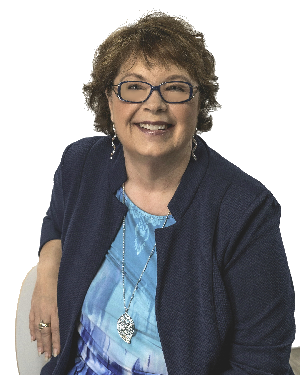What is the AODA?
The Accessibility for Ontarians with Disabilities Act (AODA) is a law enacted in Ontario, Canada on June 13, 2005. Under the law, the government of Ontario developed mandatory accessibility standards, which organizations must follow to identify, remove and prevent barriers for people with disabilities.
The AODA had aimed to make Ontario fully inclusive and accessible for people with disabilities concerning goods, services, facilities, accommodations, employment, buildings, structures, and premises by 2025. The AODA applies to government, non-profit, private businesses, and public sector organizations.
Five accessibility standards under the Accessibility for Ontarians with Disabilities Act (AODA) cover:
- Customer Service
- Information and Communications
- Design of Public Spaces
- Employment
- Transportation

Why AODA Training and Who Should be trained?
The Accessibility for Ontarians with Disabilities Act (AODA) obligates every organization, with 1 or more employees to provide AODA training, including accessibility standards and the Ontario Human Rights Code. When organizations fail to provide the required AODA training, they violate the Act.
The AODA training aims to give employees the basic knowledge about accessibility and skills to interact with people with various types of disabilities effectively.
Accessibility for Ontarians with Disabilities Act Training in Ontario is required for:
- Paid employees, and volunteers, both existing and new hires
- Anyone involved in developing the organization’s policies (e.g., management, board members)
- Anyone who provides goods, services, or facilities on behalf of your organization
All organizations must maintain RECORDS of their staff training, which must include:
- Worker’s name
- Date of completion of the training
- Topics included in the training
GET STARTED
FREE
30-minute
AODA Consultation
AODA Training by Changing Paces
We are pioneers of AODA training in Canada and the first firm to develop, test, and implement AODA accessible customer service training. Our training programs are compliant with AODA training requirements and ensure that your organization is well-prepared to support and serve people with different disabilities.
Changing Paces is a leading and trusted disability awareness and AODA training firm in Ontario. We bring personal experience to our services, mostly because our facilitation team members live with a disability or as a caregiver to a disabled individual.
We specialize in the accessibility of customer service, information and communications, and employment standards training. Our AODA workshops, webinars, and classes are interactive and experiential. At Changing Paces, we provide comprehensive AODA training for employees and help them leverage the innovative & unique perspectives of people with disabilities.
Know our Training Team Leader – Trish Robichaud
Trish Robichaud, CEO & Founder of Changing Paces, is a Work-life Inclusion Coach, Accessibility Compliance Expert, and a highly regarded AODA Consultant across Ontario. She has been facilitating disability awareness and accessible customer service training and consulting with organizations in the private, non-profit, public, and municipal sectors for over 20 years.
Trish brings real-life experiences to her training and has been on a mission to create an inclusive environment for people with all abilities since 1994. Her services include but are not limited to change-inspiring workshops, motivational talks, accessibility program development, and providing her subject matter expertise on a variety of accessibility-focused projects, including serving as an expert witness for legal cases.
Trish’s remarkable journey from discrimination with the diagnosis of her disability to survival and becoming the coach, mentor, and thought leader she is, sets her apart from her contemporaries and makes her the best choice to ensure a dynamic educational experience and AODA training for employees in your company.

BOOK A COMPLIMENTARY CONSULTATION
Book some time with Trish to talk about your AODA training needs:
Frequently Asked Questions:
Q1. What is 'disability' under the Accessibility for Ontarians with Disabilities Act (AODA)
The AODA definition of “disability” covers both visible and non-visible disabilities. It uses the same definition of disability as used by the Ontario Human Rights Code definition which is:
- any degree of physical disability, infirmity, malformation, or disfigurement that is caused by bodily injury, congenital disability or illness and, without limiting the generality of the preceding, includes diabetes mellitus, epilepsy, a brain injury, any degree of paralysis, amputation, lack of physical coordination, blindness or visual impediment, deafness or hearing impediment, muteness or speech impediment, or physical reliance on a guide dog or other animal or a wheelchair or other remedial appliance or device
- a condition of mental impairment or a developmental disability
- a learning disability, or a dysfunction in one or more of the processes involved in understanding or using symbols or spoken language
- a mental disorder, or
- An injury or disability for which benefits were claimed or received under the insurance plan established under the Workplace Safety and Insurance Act, 1997 (“handicap”).
Q2. What is the Integrated Accessibility Standards Regulation (IASR) under the AODA?
On July 1, 2011, the AODA Integrated Accessibility Standards became law. The IASR set standards in the following five areas:
Customer Service Standard: The standard addresses the need for accessible business practices and training to provide better customer service to people with disabilities. It came into force on January 1, 2008, and it was written to establish accessibility standards for providing customer service to people with disabilities. It applies to every designated public sector organization as well as private sector companies and non-profits.
Information and Communications Standard: This standard was written to address the removal of barriers to accessing information and communications, including websites. It regulates how organizations are required to provide, create, and receive information and communications, in a manner that takes their disability into account.
Employment Standard: The standard requires businesses and organizations to make their workplace and employment practices accessible to potential or current employees with disabilities. Employers should make accessibility a normal part of finding, hiring, and supporting employees of all abilities.
Transportation Standard: This standard addresses aspects of accessible public transportation, including buses, trains, subways, streetcars, taxis, and ferries.
Design of Public Spaces Standard: The standard was written to make it easier for people with disabilities to move through the public spaces by making spaces more accessible.
Q3. Who should comply with AODA requirements?
All organizations with one or more employees based in the province of Ontario are subject to compliance with the law requirements. The AODA applies to government, non-profit, private businesses, and public sector organizations.
Q4. How is the organization's size defined under the AODA?
A small organization is one with 1-49 employees, and a large organization has 50+ employees.
Q5. What are the penalties in case of non-compliance with the AODA?
The financial penalties for non-compliance are as follows:
- Corporations can be fined up to $100,000 per day.
- Individuals and unincorporated organizations can be fined up to $50,000 per day.
- Directors and officers of a corporation or organization can be fined up to $50,000 per day.
Q6. Is the AODA training for employees mandatory? How about the staff that doesn't have contact with the public?
The AODA obligates all employees and volunteers, whether paid or unpaid, to take the AODA compliant training, regardless of whether they have contact with the public.
Q7. How detailed should the AODA training be?
The purpose of the training is to provide individuals knowledge about accessibility and the inclusion of people with disabilities. Thus, every individual requires a basic level of AODA training, and additional training can be provided based on the role and responsibilities of the respective employees. For instance, employees who interact with customers in their daily job would take the AODA customer service training.
Q8. How often should we organize the AODA training for our staff?
The AODA training must be provided whenever changes are made to the accessibility policies and if an employee’s job duties or role has been changed. We recommend a refresher course every 2 to 3 years.
